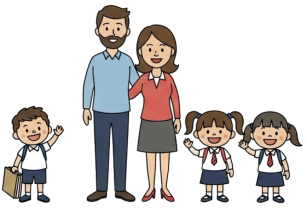
Question More, Action Knowledge.
Remember, at QMAK, we don’t just teach; we empower. We don’t just inform; we inspire. We don’t just question; we act. Become a Gold Member, and let’s unlock your child’s full potential, one question at a time.

Role models provide powerful examples that help children envision how they might contribute to society.
By learning about individuals who have made positive impacts—both historical figures and people in their own communities—children develop an understanding of the character traits, values, and actions that lead to meaningful contributions.
These activities are designed to help children aged 7 and up connect with inspiring role models, reflect on the qualities that enable positive societal impact, and begin incorporating these attributes into their own lives.
Through these experiences, children develop aspirations for their own potential contributions.
Purpose: To introduce children to diverse role models whose actions have positively impacted society, helping them understand the qualities and choices that enable meaningful contribution.

Choose diverse, relevant examples that will resonate with your child:
Design an approach that makes learning about role models interactive and meaningful:
Guide conversations that help children extract valuable lessons:
Deepen the experience through related activities:
Help your child create a collection of inspiring figures:

Purpose: To deepen understanding of role model qualities and help children internalize these traits through regular written reflection.
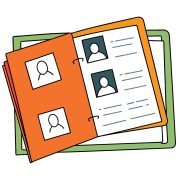
Make the reflection journal special and personal:
Create templates that guide meaningful reflection:
Establish a consistent practice that builds reflection skills:
Help children move beyond surface observations:
Use the journal as a tool for ongoing inspiration:

Purpose: To practice embodying the positive traits and actions of admired role models through experiential learning.

Help your child choose an appropriate figure to emulate:
Work together to develop a meaningful plan:
Guide your child through an immersive experience:
Help your child process the experience as it unfolds:
Conclude with meaningful discussion and recognition:
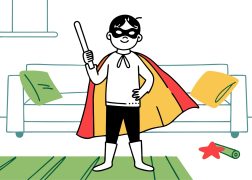
Purpose: To identify and learn from local role models, helping children understand that impactful contribution happens in their own community.

Help your child discover role models in your community:
Guide your child in choosing someone to learn from:
Prepare for meaningful interaction:
Support your child in making the most of the experience:
Help your child reflect on and communicate their discoveries:
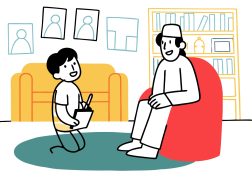
Purpose: To use creative expression to explore and internalize the qualities and contributions of admired role models.

Guide your child in making meaningful choices:
Help your child develop a meaningful concept:
Support the artistic process while encouraging reflection:
Help your child articulate the meaning behind their creation:
Create opportunities for meaningful sharing:
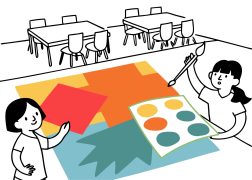
These role model exploration activities help children develop:

Remember that children benefit from diverse role models that reflect various backgrounds, approaches, and types of contribution. Include both well-known figures and everyday heroes to show that meaningful impact happens at all levels.

The goal is to help children see themselves as potential contributors by connecting with inspiring examples of what’s possible when people apply their gifts and values to make a positive difference.

Remember, at QMAK, we don’t just teach; we empower. We don’t just inform; we inspire. We don’t just question; we act. Become a Gold Member, and let’s unlock your child’s full potential, one question at a time.